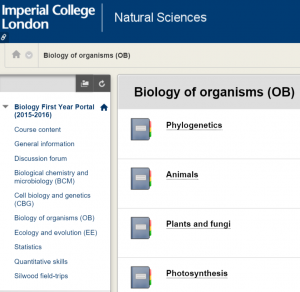 The amount of information you received at University is much more than wh
The amount of information you received at University is much more than wh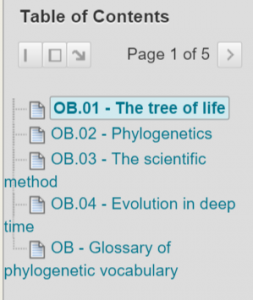 at is taught in A-levels or IB. Biology is a highly information-orientated subject, meaning that a good memory on Biological facts and deductive reasoning ability are essential. Just to give you a simple example, the first module we learnt is OB (Biology of organisms) which consists 4 main sections.
at is taught in A-levels or IB. Biology is a highly information-orientated subject, meaning that a good memory on Biological facts and deductive reasoning ability are essential. Just to give you a simple example, the first module we learnt is OB (Biology of organisms) which consists 4 main sections.
Phylogenetics comprised of basic knowledge in phylogenetics and the vast unknown territory in evolutionary history. (5 lectures)
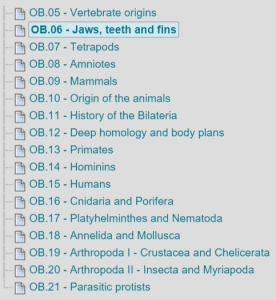 Animal section goes through key features and key phylum and classes in both vertebrates and invertebrates, along with the evolutionary relationship between them. (Around 15 lectures)
Animal section goes through key features and key phylum and classes in both vertebrates and invertebrates, along with the evolutionary relationship between them. (Around 15 lectures)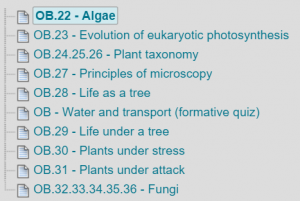
Plants and fungi takes you through the major phylum (including Bryophyta, Magnoliophyta, and so on) and various adaptations/responses of plants to external changes imposed. (Around 15 lectures)
Lastly photosynthesis section use 4 l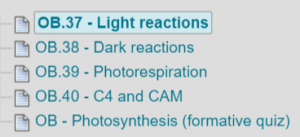 ectures for 2 main reactions in photosynthesis along with photorespiration and how C4 and CAM manage to reduce this effect.
ectures for 2 main reactions in photosynthesis along with photorespiration and how C4 and CAM manage to reduce this effect.
Life seems to be easy for Biologists when we are being mocked by some students from other departments for our relaxing schedule. (Not true!) Indeed, we do have a relatively lower number of lectures, tutorials, practical time (‘in-class time’) than some other specialties. This doesn’t really imply that our life will be ‘easier’. External/Outside readings are required to complete in your free time and the right amount of external reading is what’s possibly the thing to secure a first-class essay. (Something I have done terribly wrong, sorry Steve) In OB, due to the vast amount of information in the evolution of species and their different characteristics, it is simply impossibly for lecturers to go through them all in lectures, thus independent-study on relevant topics is needed. (It is literally like we are rushing through the enormous evolutionary history in merely 30 lectures.
The following three books are highly recommended for OB course. (Obviously you don’t have enough time to read through all of them in your free time, even if you do, there is no guarantee that you will remember all the information simply by reading it) Try to use them as tools, use the information inside to consolidate what you have learnt in classes and more importantly as a source of outside reading that you will desparately need for section C essay questions.
General classification: Lecointre, G. & Le Guyader, H. (2006). The Tree of Life: A Phylogenetic Classification. Belknap Press, London.
Plants: Evert, R. F. & Eichhorn, S. E. (2013) Raven biology of plants, 8th edition. New York, Freeman & Co.
Fungi: Moore, D., Robson, G. D. & Trinci, A. P. J. (2011) 21st Century guidebook to fungi. Cambridge, Cambridge University Press.
Photosynthesis: Voet, D. & Voet, J. G. (2004) Biochemistry. 3rd edition. New York, John Wiley and Sons, Inc.
Due to intellectual right property protection, I can’t share my lecture PPT with you. Some lecturers love to fill the page full of words while some other love to go to the other extremity by pasting pictures only on PPT. So it is really down to how he/she likes to give lectures and you’ll have to re-group the notes into your own style that suits your revision style best. This is something we are gonna talk about in the later post.
Do feel free to follow me and ask me questions in the comment box. 😀



